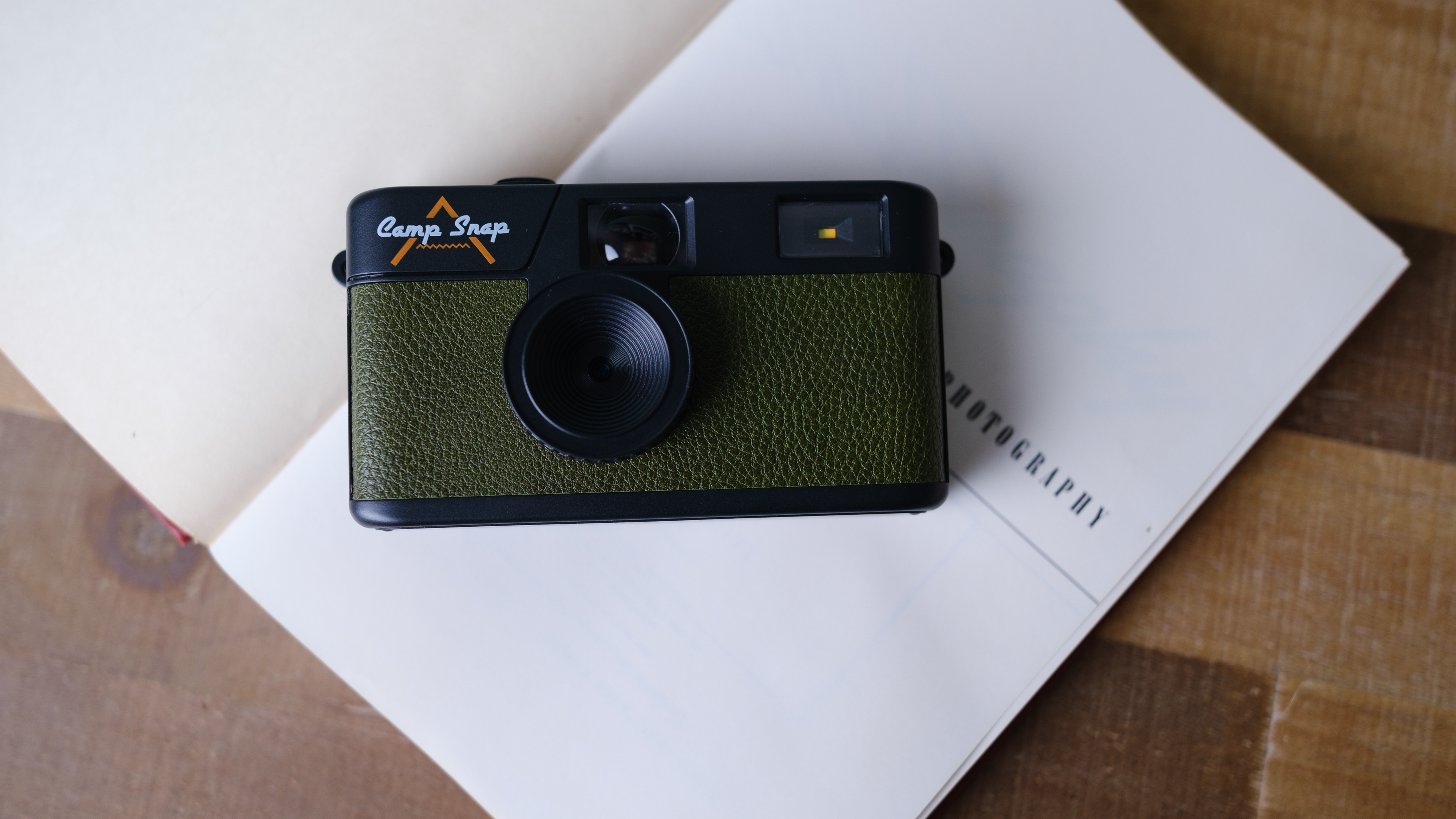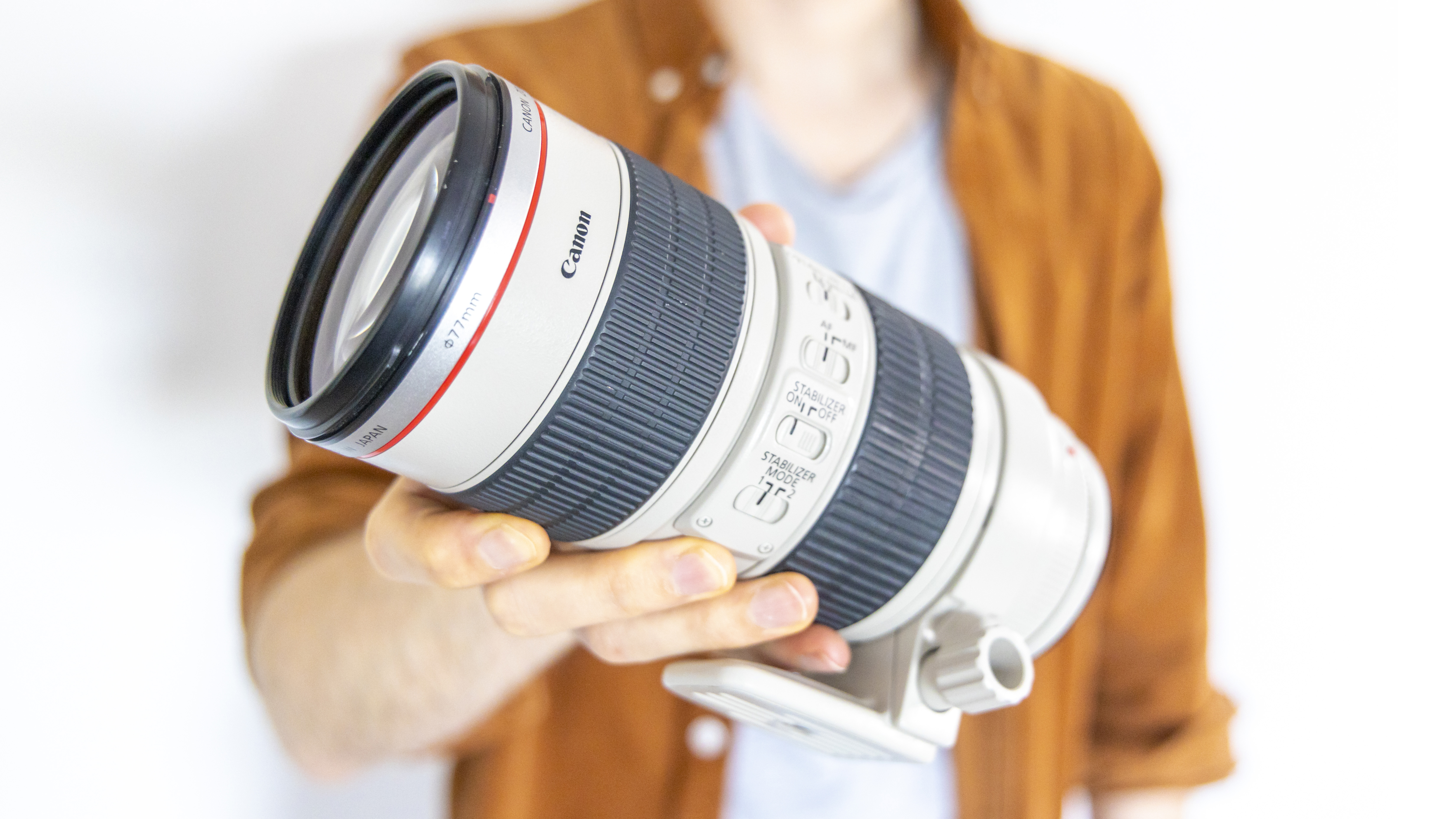
To say that I’ve bought and owned a lot of camera equipment over the years would be an understatement. But as of late, camera and lens prices only appear to be going one way – up!
I’ve always been a fairly frugal soul, so when I was first starting out in photography money was super-tight and I’d often turn to second-hand shops, online resellers and eBay to bag bargain optics and camera bodies to get a half decent setup. While you definitely have to be careful and know what to look for, I’ve had great success over the years – and I think I’ll be continuing to buy second-hand kit for many more years to come and putting the saved money towards other equipment or projects.
I’ve never really seen the point in paying out full whack when you can pick up perfectly good items used at a fraction of the price. I liken it to buying a brand-new supercar that will have halved in value in a year’s time due to depreciation.
Take the Canon EOS R5 for example, it's a camera body that I’d love to upgrade too, but it’s pricey, currently retailing for a cool £4,299! However, I could pick up a used EOS R5 from CEX for £3,200 and get a saving of £1,100 (providing there is availability). It would be coming from a reputable seller and comes with a 24-month warranty. This would be a ‘B grade’ model, meaning the camera is in good condition with all essential accessories but no box is required.
What's more, there’s a fantastic range of reputable companies dealing in second-hand camera bodies and lenses right now, including Park Cameras, MPB and Wex in the UK and B&H, MPB and Adorama in the US to name but a few.
So if you know what you’re looking for there are some amazing savings be had, which you could put towards another lens or bit of kit that you didn’t think you’d be able to afford. Here’s a few tips to help make sure you don’t buy a dud when scouring the second-hand market…
Test it out! (If you can)
If you're able to test the camera in person before buying a used model, take the opportunity to look for any major dents or dings and scratches on the camera screen. Don’t be too worried about scratches to paintwork on the body, as this is usually just superficial, but can be a good bargaining chip to push the price down a little bit.
Get the Digital Camera World Newsletter
The best camera deals, reviews, product advice, and unmissable photography news, direct to your inbox!
If it looks like the camera or lens has taken a heavy fall it's probably a good idea to pass on it, as it could have knocked internal components and caused expensive damage or glass elements in a lens to be misaligned, which would cause soft shots.
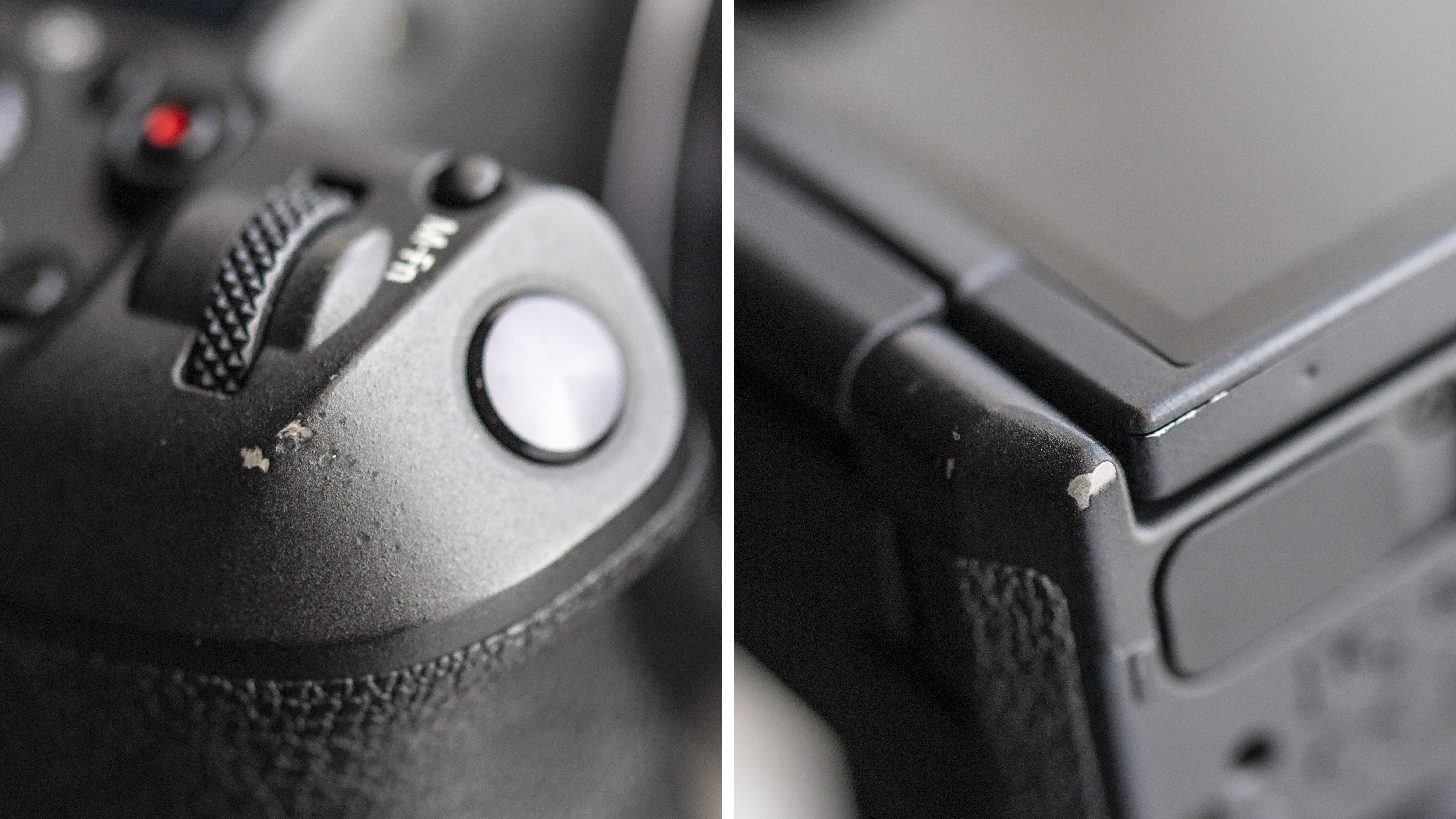
If you’re buying from an online store, they usually do a good job at showing the camera from several angles and listing any sort of damage. Take pictures with the camera to make sure it’s all working as it should and that the mirror isn’t faulty on DSLR cameras. You could also take a picture of a bright sky and zoom in to check for dust spots, though this can be remedied if you’re willing to give the camera and sensor a good clean.
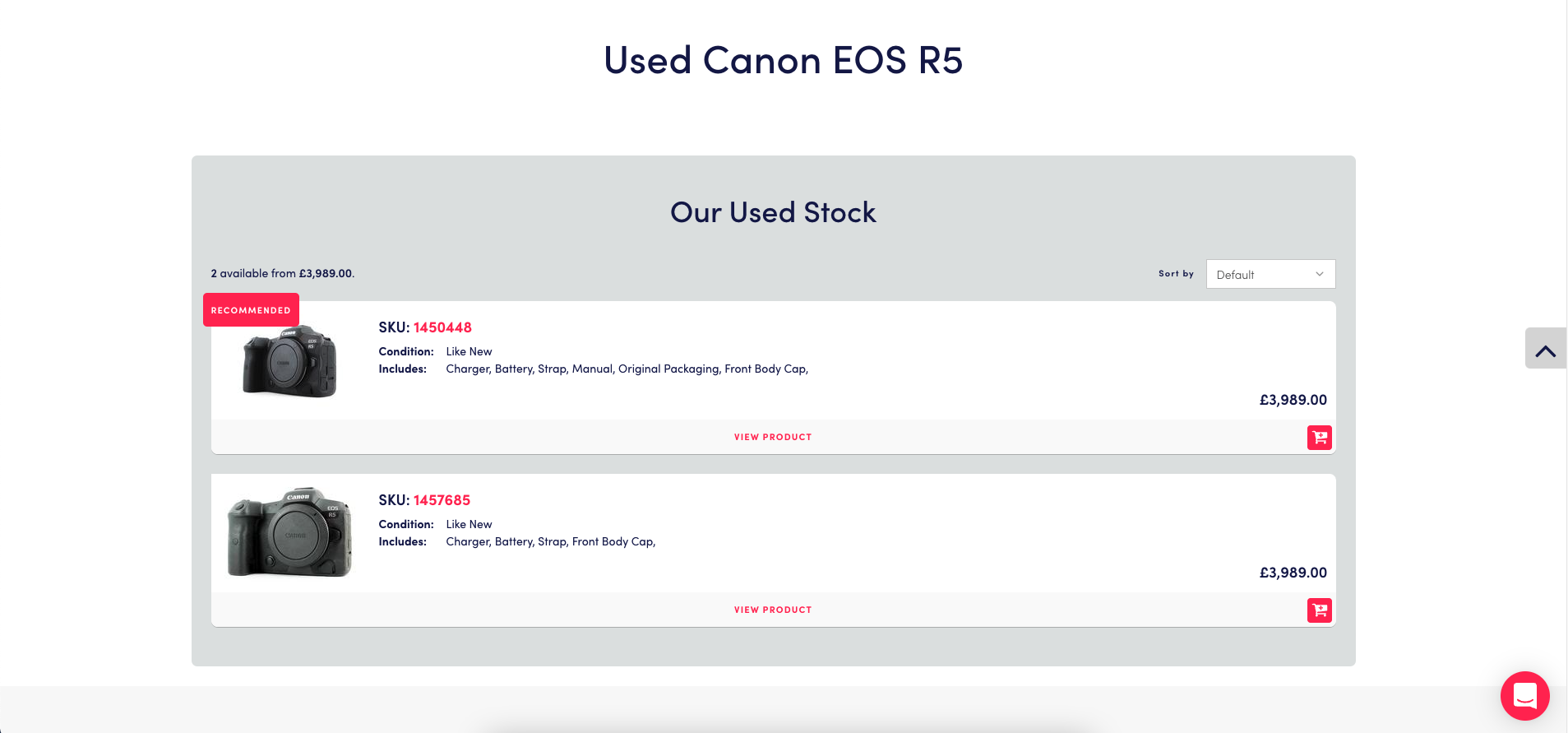
Check the shutter count
Check the shutter count of the camera! Most shutters are rated to about 150,000- 300,000 (although we know some pros in the wedding industry that have taken over 975,000 shots on a Canon EOS-1D X!) so try to get one with a relatively low ‘mileage’.
Online sites often show the shutter count of a camera in their listings. If you’re buying from a private seller, though, ask them to send you an image recently taken with the camera, you can then upload that image to a site like Camera Shutter Count, which will tell you the shutter count.
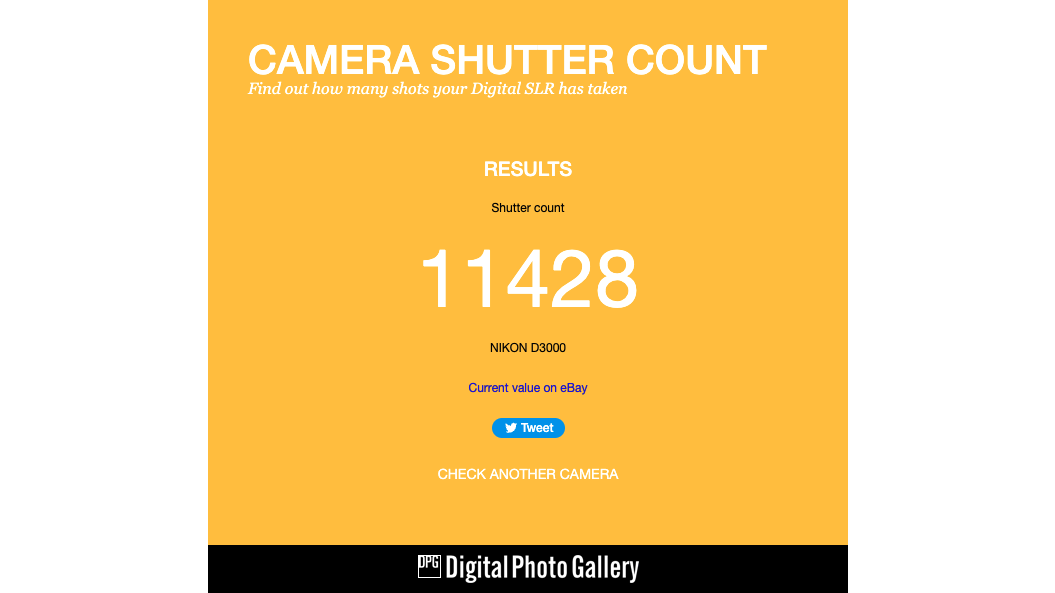
It’s also worth going into the camera menu and, if it has this facility, checking out the battery info. Here you’ll find the recharge performance of the battery; if this is poor then you’ll likely need to buy a new battery, so will need to factor this cost into your budget to work out whether it's still a good deal or not.

A grey area...
Be wary of online camera offers that seem too good to be true, especially if they’re coming from an unestablished or unreputable overseas seller. This could be a scam, or a "grey import" where the camera has been imported from overseas, meaning that there’s no warranty in your country.
They may also absent of VAT, so can seem like a good deal, but then you’ll need to pay import and duty when the order arrives in the country. Use your camera manufacturer's serial number checker to see if the product has been previously registered, giving it extra credibility. Also check the returns policy and if you can return it within a certain amount of time if something isn’t right.
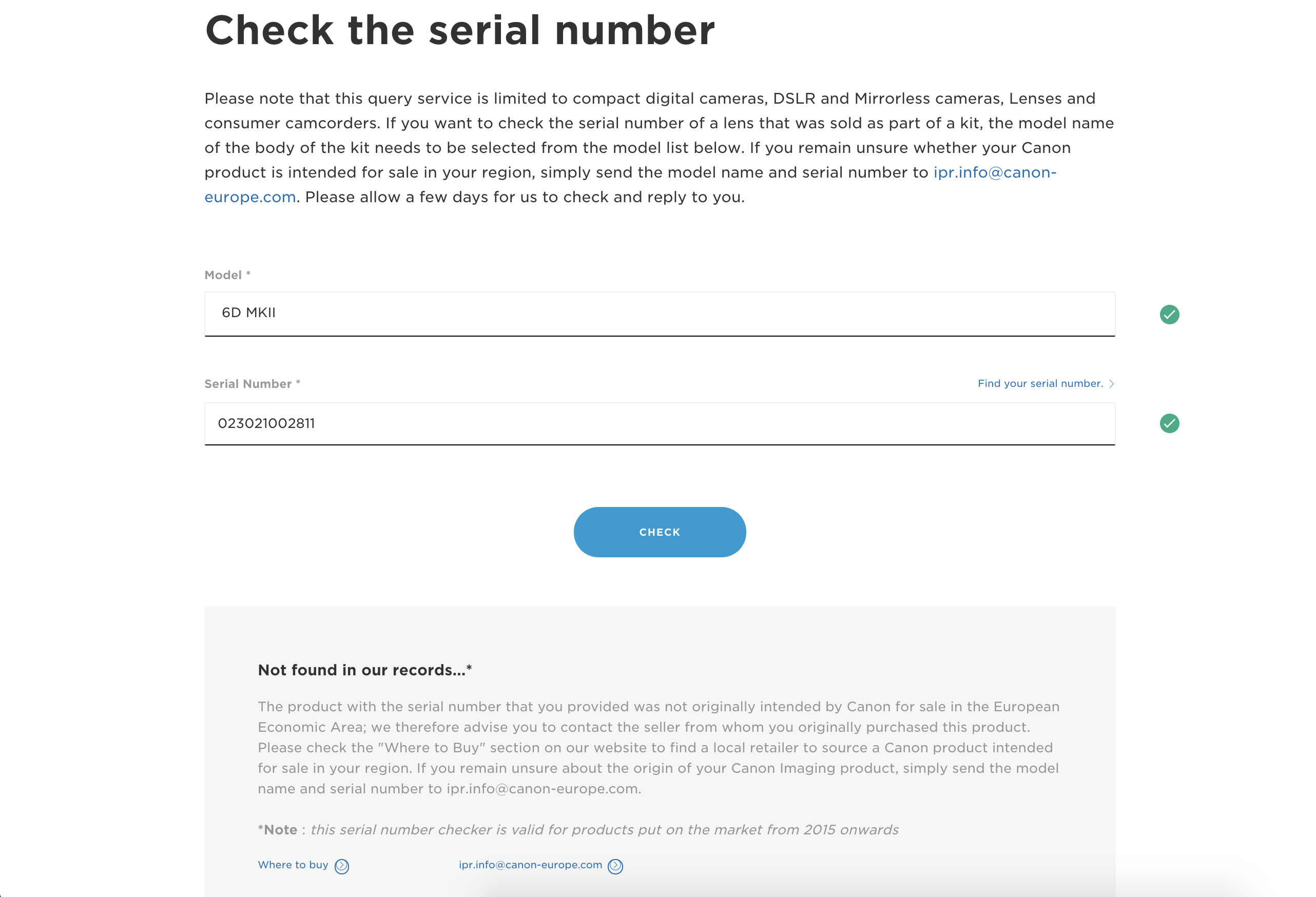
What's in the box?
Find out if the camera comes with the original box, charger, cables, camera strap, manuals and so on, as this will all help your camera keep its value, should you decide to resell it down the line. It’s also handy to have the original charger, so you know you don’t have any battery issues and don’t have to fork out for a new one. Additional batteries, memory cards, lenses and accessories like UV filters can all help make it a better deal.
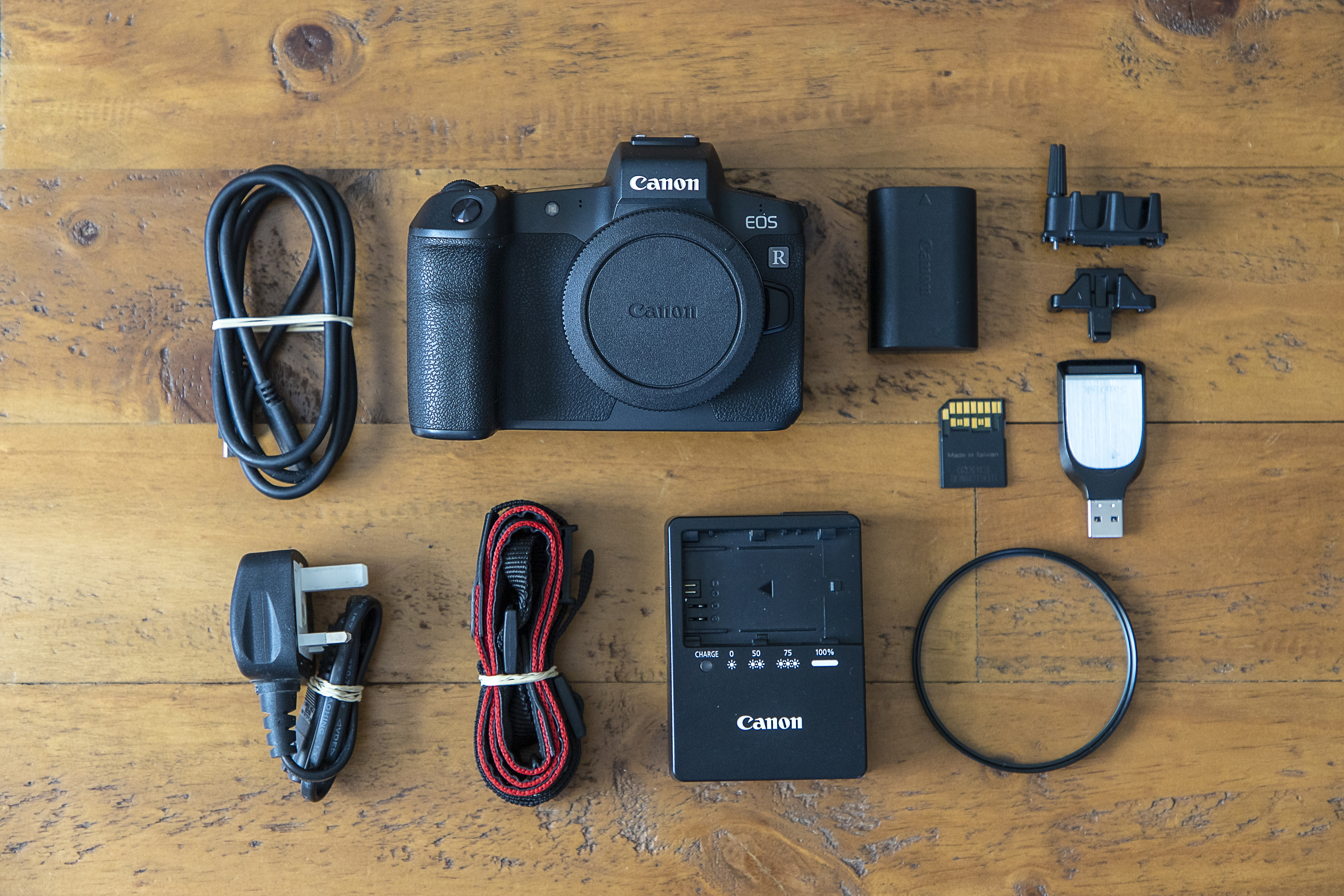
Read more:
How to capture perfect panning shots
The best Canon lenses
The best Canon camera

Deputy Editor on PhotoPlus: The Canon Magazine, Dan also brings his technical wizardry and editing skills to Digital Camera World. He has been writing about all aspects of photography for over 10 years, having previously served as technical writer and technical editor for Practical Photography magazine, as well as Photoshop editor on Digital Photo.
Dan is an Adobe-certified Photoshop guru, making him officially a beast at post-processing – so he’s the perfect person to share tips and tricks both in-camera and in post. Able to shoot all genres, Dan provides news, techniques and tutorials on everything from portraits and landscapes to macro and wildlife, helping photographers get the most out of their cameras, lenses, filters, lighting, tripods, and, of course, editing software.
